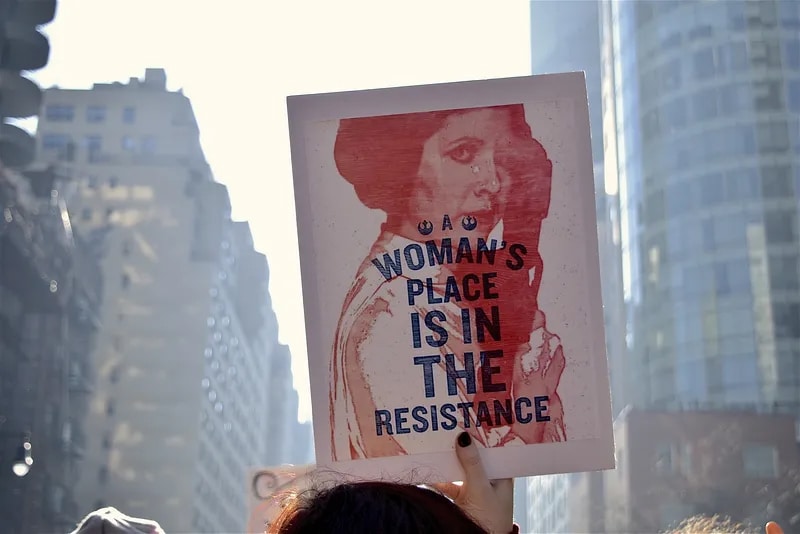By Fanette Pradon
As well as being Scotland’s largest city, Glasgow was its industrial heart. Central to the civic story, is the River Clyde, famed as a global shipbuilding hub in the 20th century. But the Clyde, along with an abundant supply of coal, also made Glasgow the ideal location for the textile industry. In the 1820s, spinning mills, weaving mills, dye houses and garment factories sprang up, dominating the urban landscape.
Access to the public sphere and the professional world had been the prerogative of men in the 1800s. But the textile industry presented an opportunity for women. From the introduction of automatic looms and sewing machines, machinery became less physically demanding to operate. That gave women an advantage, and in Glasgow, they began to step out of their homes to claim a place on the factory floor.
But women were paid on average between one third and one half of what men earned. In response, Glasgow’s pioneering female workers began a struggle to profoundly change the conditions for women living and working around the world. It would take decades, but they eventually enabled their fellow women to gain visibility and greater rights, both in the workplace and throughout society.
As Glasgow’s textile industry expanded in the 1800s, women represented a rising percentage of the workforce. Municipal archives show, in 1861 65 per cent of women in the city were working, the majority of whom were employed by the textile industries. They came to be seen as a plentiful supply of cheap labour and were, as historian Judith Walkowitz has said, the “symbol of industrial exploitation”.
The scientific community at the time believed women lacked the imagination needed for tasks that were creative or that required a high level of finish. Women were thus forced into unskilled jobs with little responsibility, and their access to training was limited. To ensure discipline – and to protect men from temptation – factory owners implemented a strict division of tasks according to gender and put female workers under close supervision. They were not, under any circumstances, to be distracted from their work.
The owners and operators of mills thus sought to control women in every way – not just physically and professionally, but also morally.
Glasgow’s textile industry began to decline with the outbreak of the American Civil War (1861-65). The United States was the sole supplier of cotton to the city’s textile industries, and the conflict led to a breakdown in trade and bankrupted many companies.
As the industrial context became more difficult, working conditions for women worsened. The workplace was competitive, with job insecurity and financial strain. Because men continued to monopolise skilled positions and dominate the management structure, when sexual assaults occurred, women were often reluctant to testify for fear of being dismissed.
Victorian society did not recognise sexual harassment, and male integrity was assumed and protected. If women did speak out, their aggressors were most often left unpunished and the fault assigned to female worker and her inherently provocative nature. After all, if such acts occurred in the workplace, how could they really be sexual harassment?
But as early as the 1860s, women workers in Glasgow’s factories began to fight back. The decline of the textile industry exacerbated unemployment and economic difficulty, and working-class women joined forces with middle-class feminists in demanding gender equality at work. In 1883, the Co-operative Women’s Guild was established, followed by the Glasgow and West of Scotland Association for Women’s Suffrage in 1902. Together, these and other organisations pushed for greater protections for women throughout society.
After 16 years of struggle, in 1918, women in Scotland and the rest of the United Kingdom were finally granted the right to vote. These pioneering organisations and the women who founded them played a key role in changing perceptions of women. From the reclusive, demonised worker to the strong, independent force, with full and equal rights.
Fanette Pradon is doctorante en civilisation britannique, Université Grenoble Alpes (UGA). This article is republished from The Conversation under a Creative Commons licence







Click here to change your cookie preferences